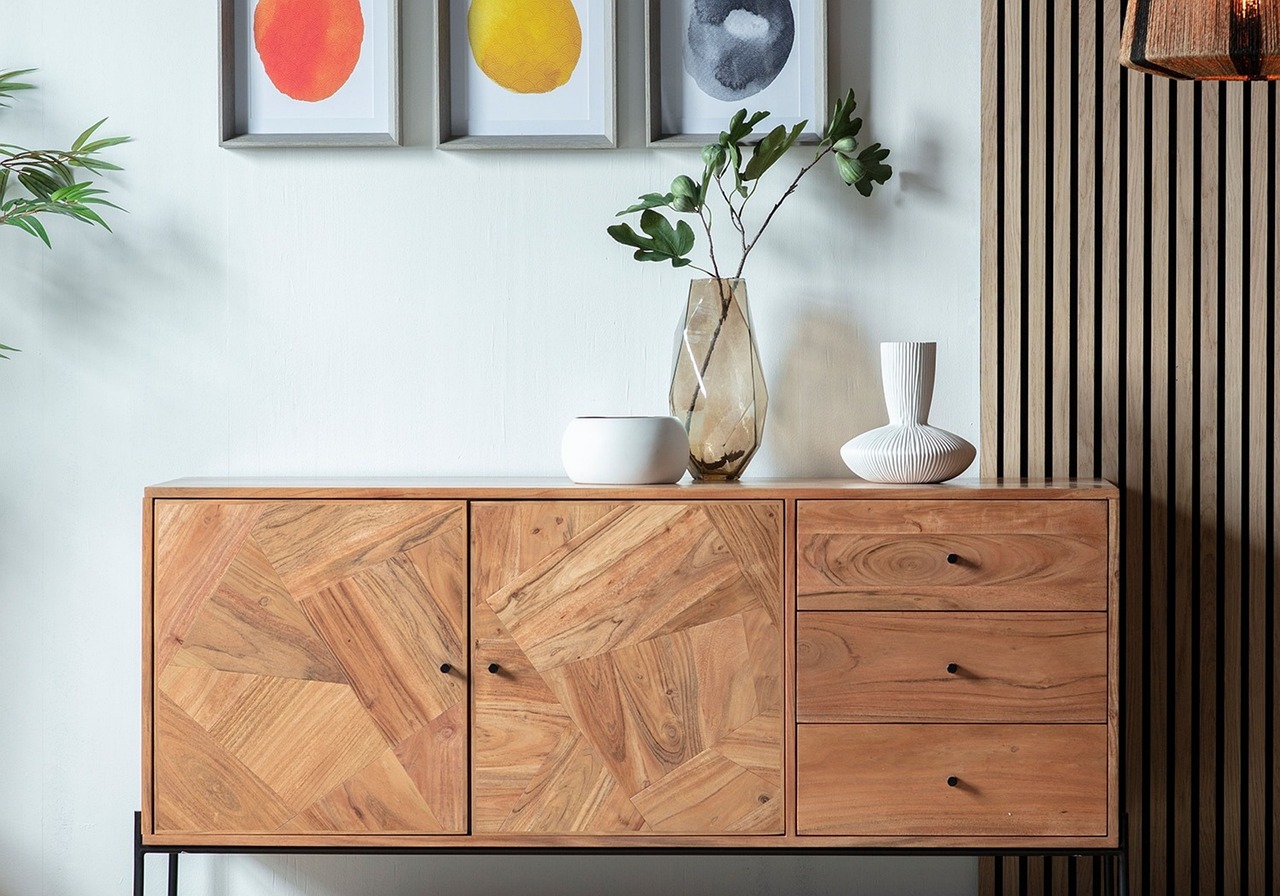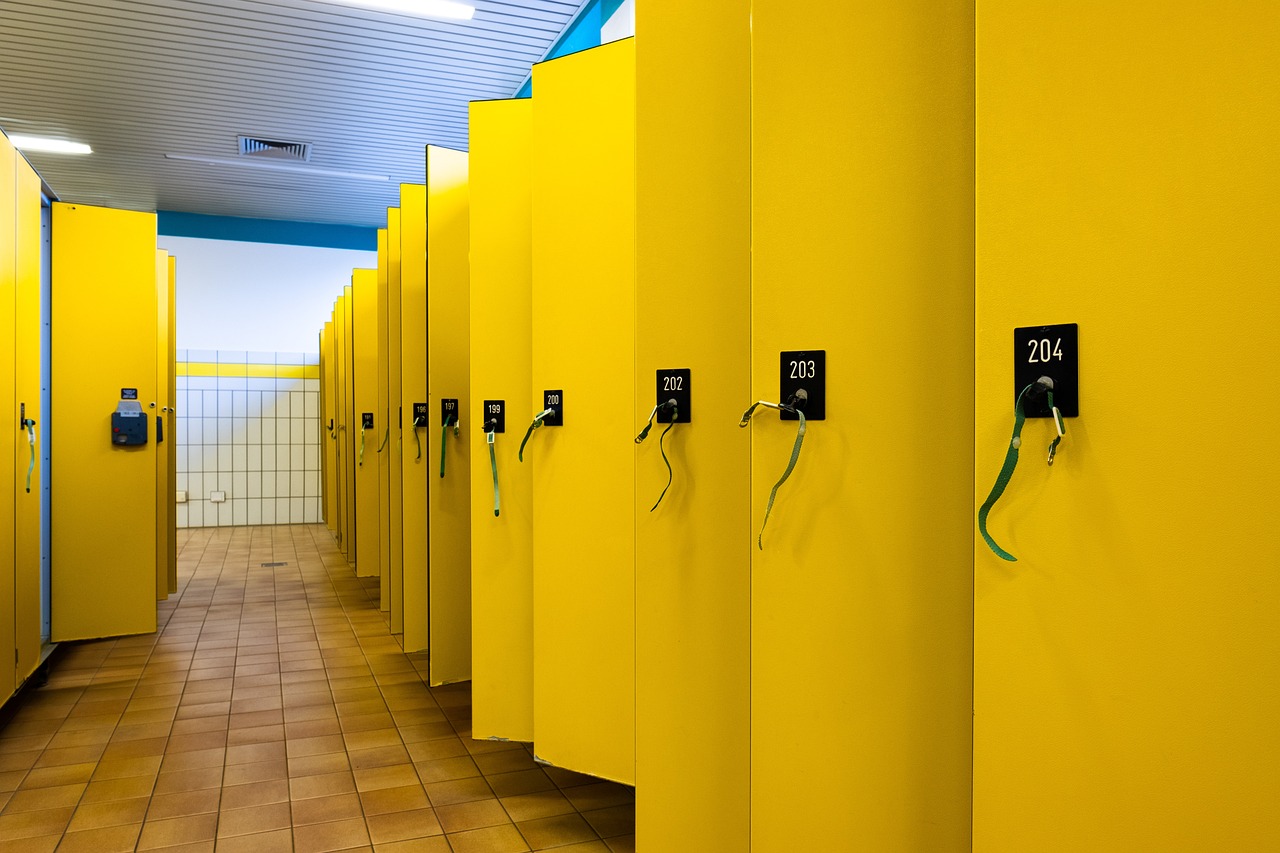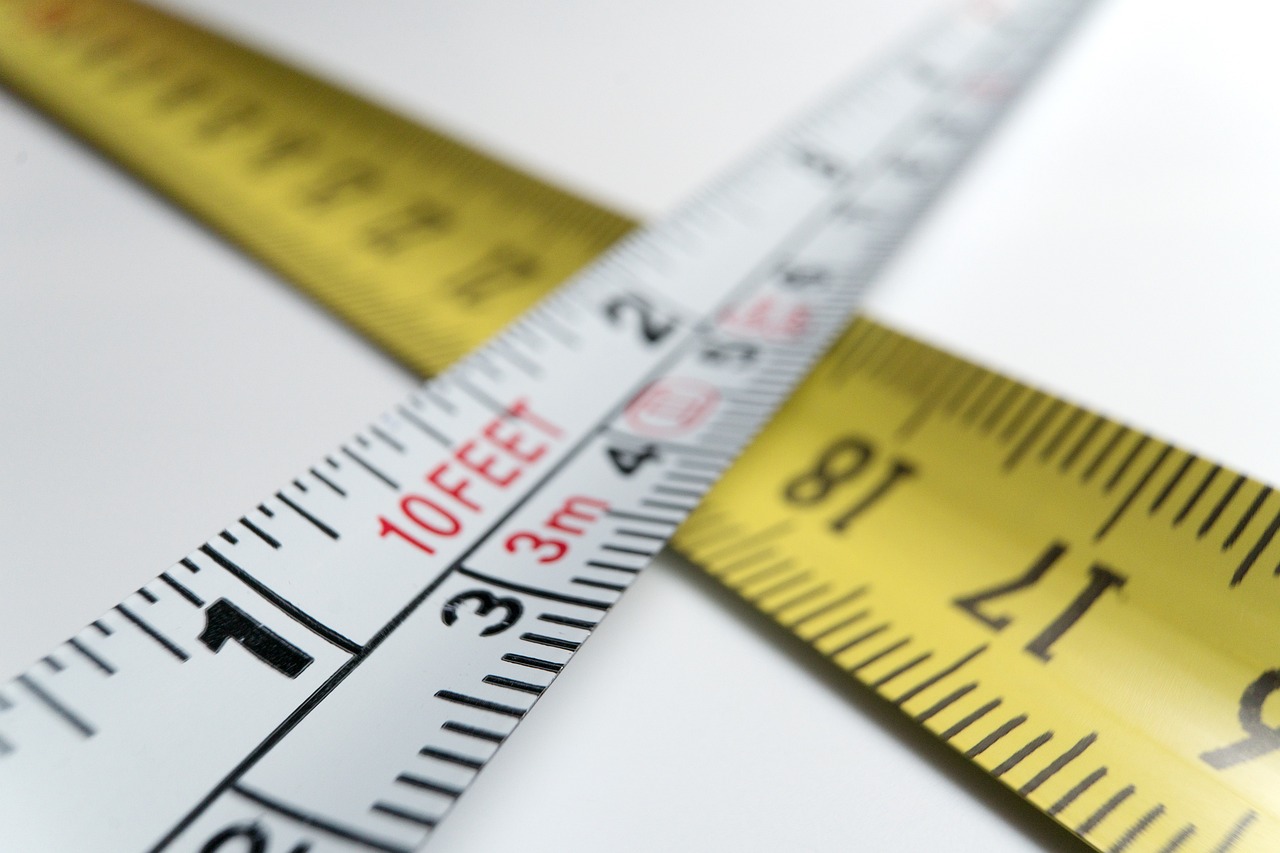
Furniture and cabinet locks are more than just tools for locking up. They're key for keeping your stuff safe at home and in the office. These locks might seem small, but they make a big difference in protecting your personal and valuable items.
Picking the right lock is important. You need one that fits your furniture style and keeps things secure. Some locks are simple, good for less valuable items. Others are more complex, offering higher security. The trick is finding a lock that's just right for what you need.
Finding the right balance between a lock's security and ease of use is crucial. For important items, you want a strong lock. But in places like offices, where people need to get to things easily, the lock shouldn't be a hassle. This balance is especially important now, as more locks are going digital, making them both secure and easy to use.
In short, understanding furniture and cabinet locks is the first step to choosing the best one for your needs. With the right info, picking the perfect lock is easy.
Flush-cabinet locks are a staple in heavy-duty applications, such as steel cabinets, where robust security is paramount. These locks are characterized by their seamless integration into the cabinet's surface, offering a sleek look while maintaining strong protection. Key features include:
- **Steel construction** with a plastic body for durability.
- **Easy rod assembly** with a special fastening plate, simplifying installation.
- **Key options**: Available keyed alike or keyed to differ, catering to different security needs.
Designed specifically for glass door cabinets and sliding doors, these locks balance aesthetics with functionality. Their unique features include:
- **Material**: Available in die-cast zinc alloy with a zinc alloy latch, or steel with a steel cam, for added security.
- **Installation**: Engineered for easy installation, these locks are ideal for showcasing items while keeping them secure.
- **Key Variations**: Offered in keyed alike or keyed to differ options.
These locks are ideal for wooden furniture, offering a higher level of security with a focus on aesthetics. Key attributes include:
- **Deadbolt drawer locks**: For heightened security, these locks come with an anti-drill center, and keys are removable only in the locked position.
- **Design**: Available in vertical, right hand, or left hand latch mechanisms, and made of die-cast zinc alloy.
- **Locking Options**: Users can choose between keyed to differ or keyed alike systems.

Cam latches are versatile and suitable for a variety of applications, from display units to security cabinets. Their features include:
- **90-degree cam rotation**: Providing efficient locking and unlocking actions.
- **Material**: Made of die-cast zinc alloy, chrome finish, or stainless steel for longevity.
- **Keyed Options**: Available in keyed to differ or keyed alike for flexibility in key management.
These locks work in tandem with striking plates to secure furniture doors and drawers. They are characterized by:
- **Angled design**: Enhancing both security and aesthetics.
- **Construction**: Typically made of steel for durability and long-term use.
- **Compatibility**: Ideal for use with various furniture types, including drawers and hinged doors.
Each type of lock offers unique benefits and features, making it essential to understand the specific requirements of your application. Whether it’s for residential security or commercial use, selecting the right type of furniture or cabinet lock is crucial for effective security and operational efficiency.
When selecting furniture and cabinet locks, the primary concern is the level of security needed. This depends on what you’re protecting. High-value items or sensitive documents require robust locks, such as cylinder locking cam latches. For less valuable items, simpler cam locks might suffice.
The lock's ease of use is crucial, especially in settings like offices or shared spaces. It’s important to choose locks that allow quick and hassle-free access for authorized users. This means considering how often the lock will be used and by whom. User-friendly locks are essential for personal use, while commercial spaces might need more sophisticated, yet accessible systems.
Key management is another vital aspect. If you're managing multiple locks, think about whether they should be keyed alike (using the same key for all) or have a master key system. This decision impacts both security and convenience, especially in larger organizations where multiple users need access.
Aesthetics can't be ignored when choosing locks for furniture and cabinets. The lock should blend with the design and not detract from the overall appearance. Some locks are designed to be inconspicuous, while others can serve as a decorative element.
Lastly, consider the material and durability of the lock. Frequent use demands robust materials like steel or zinc alloys to withstand wear and tear. The material choice can also affect the lock's appearance, so it’s important to strike a balance between functionality and style.
In summary, choosing the right lock involves a careful evaluation of security needs, ease of use, key management, aesthetics, and durability. By considering these factors, you can ensure the locks you choose provide the right balance of security and functionality.
Proper installation is key to ensuring the effectiveness and longevity of furniture and cabinet locks. Here's a straightforward guide:
1. **Measurement and Marking**: Start by measuring the exact location for the lock. Accurate placement is crucial for smooth operation.
2. **Drilling**: Use a drill to create holes for the lock mechanism. Ensure the holes match the size specifications of the lock.
3. **Fitting the Lock**: Insert the lock into the drilled holes, making sure it sits flush against the surface.
4. **Securing the Lock**: Fasten the lock using screws or other provided fixtures. Double-check for firmness to avoid any wobble.
5. **Testing**: Once installed, test the lock multiple times to ensure smooth operation.

Regular maintenance can significantly extend the life of your locks:
- **Cleaning**: Regularly clean the lock mechanism to prevent the build-up of dust and debris.
- **Lubrication**: Apply a suitable lubricant periodically to keep the moving parts functioning smoothly.
- **Check for Wear**: Inspect the lock and key for signs of wear. Replace any worn parts promptly to maintain security.
- **Tightening Fixtures**: Periodically check and tighten any screws or fixtures to ensure the lock remains secure.
Encounter a problem? Here's how to address common issues:
- **Sticking Lock**: If the lock sticks, apply lubricant to the mechanism. If the problem persists, check for misalignment.
- **Loose Lock**: Tighten any loose screws or fixtures. If the lock remains loose, it may require a replacement.
- **Key Issues**: If the key is not working properly, check for damage or wear. A replacement key or rekeying may be needed.
By following these guidelines for installation and maintenance, you can ensure your furniture and cabinet locks function effectively and last longer. Remember, a well-maintained lock is a reliable lock.
The lock industry is continually evolving, with recent advancements significantly enhancing security and usability. Key trends include:
- **Smart Lock Integration**: An increasing focus on incorporating digital technology, such as Bluetooth and Wi-Fi connectivity, allows for remote control and monitoring of locks.
- **Biometric Systems**: The use of fingerprints, facial recognition, and other biometric data is becoming more prevalent for enhanced security.
- **Sustainability in Lock Production**: Eco-friendly materials and energy-efficient manufacturing processes are gaining traction.

Smart locks are revolutionizing furniture security:
- **Remote Access Control**: Control and monitor access to furniture and cabinets remotely through a smartphone app.
- **Customizable Access Permissions**: Grant or restrict access easily, ideal for both residential and commercial settings.
- **Integration with Home Automation Systems**: Sync with other smart home devices for a cohesive, automated security system.
Understanding the legal framework is crucial:
- **Compliance with Safety Standards**: Ensure that locks meet local and international safety standards.
- **Data Protection in Smart Locks**: Adherence to data protection laws, especially for locks that collect personal information.
- **Liability Issues**: Be aware of liability concerns, particularly in commercial environments, where security breaches can have significant repercussions.
By staying informed about the latest trends and legal considerations in lock technology, individuals and businesses can enhance the security and functionality of their furniture and cabinets. This chapter highlights the importance of staying ahead in a rapidly evolving industry, ensuring security and compliance with modern standards.
FAQs:
6.1 High-Security Lock Recommendations
For high-security needs in furniture and cabinet locks, prioritize features such as pick resistance and drill protection. Recommended brands offering such advanced security features include Medeco, Abloy, and Mul-T-Lock, Rato Lock. These brands are recognized for their sturdy construction and tamper-resistant designs, making them top picks for ensuring the safety of your valuables.
6.2 Selecting Child-Safe Locks
When choosing locks for environments with children, it's crucial to find options that are both secure and easy to use. Magnetic locks and simple slide latches are popular choices, as they are effective yet straightforward to operate. These locks help prevent accidental lock-ins and ensure child safety without compromising on security.
6.3 Retrofitting Locks on Existing Furniture
Retrofitting locks onto existing furniture involves assessing the compatibility of new locks with your furniture design. Consider whether DIY installation is feasible or if professional assistance is required. Factors like the design of the furniture, lock type, and material play a significant role in determining the feasibility and cost of retrofitting locks.
6.4 Managing Keys in Organizations
For organizations with multiple locks, efficient key management systems are essential. Options include keyless electronic locks and smart locks, which offer streamlined access control. These systems provide ease of access, reduce the risk of lost keys, and allow for easy reconfiguration of access permissions, making them ideal for large organizations.
